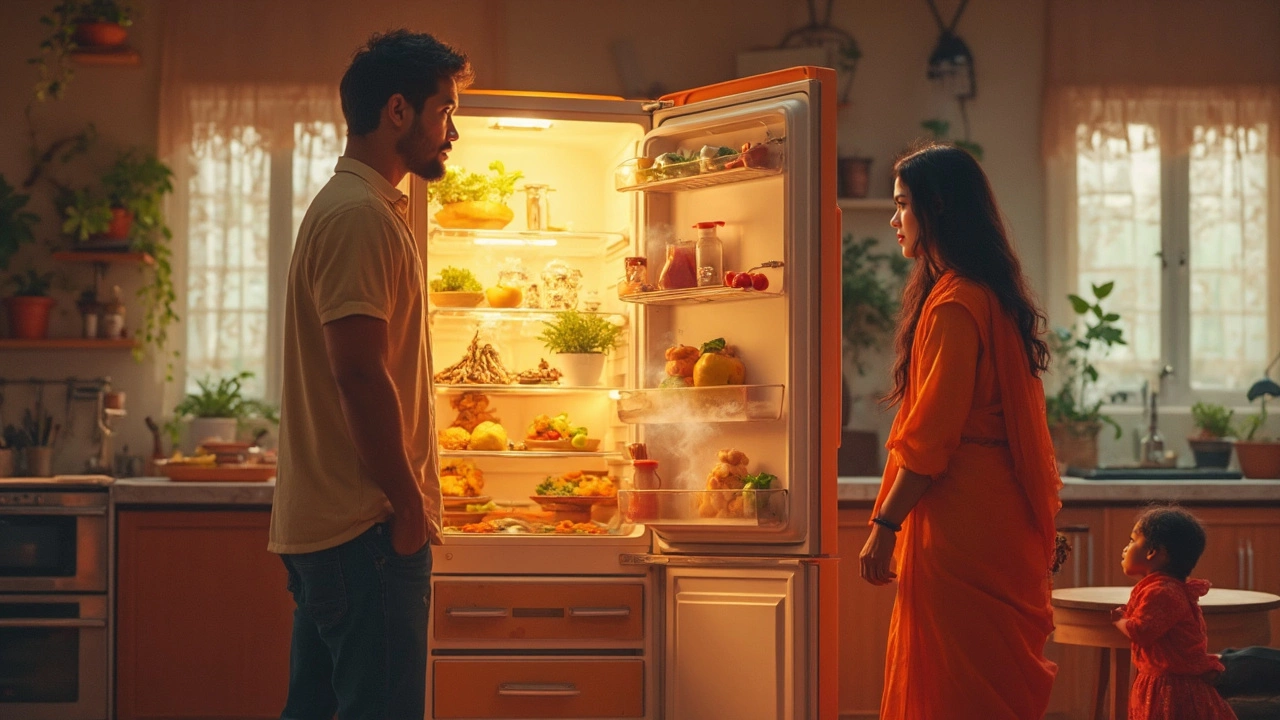Refrigerator Placement Next to Stove: What You Need to Know
When planning refrigerator placement next to stove, the decision of where the fridge lives in relation to the cooking range directly shapes safety, workflow, and energy use. Also known as fridge‑stove layout, it sits at the heart of the kitchen work triangle, a design principle that links the fridge, stove, and sink for optimal movement. The concept also ties into fridge ergonomics, which looks at how height, door swing, and reach affect daily use. Finally, appliance clearance sets the minimum gaps needed to keep heat away from the fridge and maintain easy access. Understanding these three related ideas helps you create a kitchen that feels natural rather than a maze of obstacles.
Key Considerations for Fridge‑Stove Arrangement
The first rule of thumb is distance: keep at least 12‑inch (30 cm) space between the back of the fridge and the stove’s edge. This gap lets heat dissipate, preventing the fridge from working harder and spiking your electricity bill. Measure from the stove’s front surface to the fridge’s rear panel, not just the door, because the compressor sits at the back. Next, think about the work triangle. A balanced triangle has each leg between 4‑9 feet; if your fridge sits too close to the stove, the triangle becomes a tight corner, forcing you to double‑back and waste time. Adjust cabinet layout or consider a slide‑out pantry to restore proportion.
Ergonomics play a bigger role than many realize. The fridge’s handle should be at a comfortable height—roughly eye level for the primary user—so you don’t have to stoop or stretch. Door swing direction matters: a left‑hand opening fridge placed right of the stove can block the cooking zone when the door is open, creating a safety hazard. If you can’t change the swing, think about adding a pocket door or a glass panel to keep the pathway clear. Lastly, clearances aren’t just about heat. You need space for a full‑size door to open fully, usually a 2‑foot clearance in front of the fridge. This space also lets you slide a grocery cart in and out without bumping into the stove.
Common mistakes include tucking the fridge into a corner right next to the range or ignoring the heat‑rise issue in tight kitchens. Those setups often lead to higher energy consumption—studies from Indian energy labs show a 15‑20% rise in fridge power draw when placed within six inches of a stove. Another pitfall is overlooking ventilation: if your fridge has a rear vent, make sure it isn’t obstructed by a wall or countertop. A quick fix is adding a vent grille or moving the fridge one foot away. By fixing these issues you not only save on electricity but also extend the lifespan of both appliances. Below you’ll find a curated list of articles that walk you through measuring the triangle, choosing the right fridge height, and avoiding layout mishaps—so you can design a kitchen that works for you, not against you.
Thinking about putting your fridge right by your stove? This article digs into what really happens when you do that and how it can affect everything from energy bills to your cooking experience. We'll cover the real pros and cons plus what experts recommend. There are useful tips and tricks to make your kitchen layout both stylish and practical. You’ll also find out what a mistake might look like in everyday life.
View more
